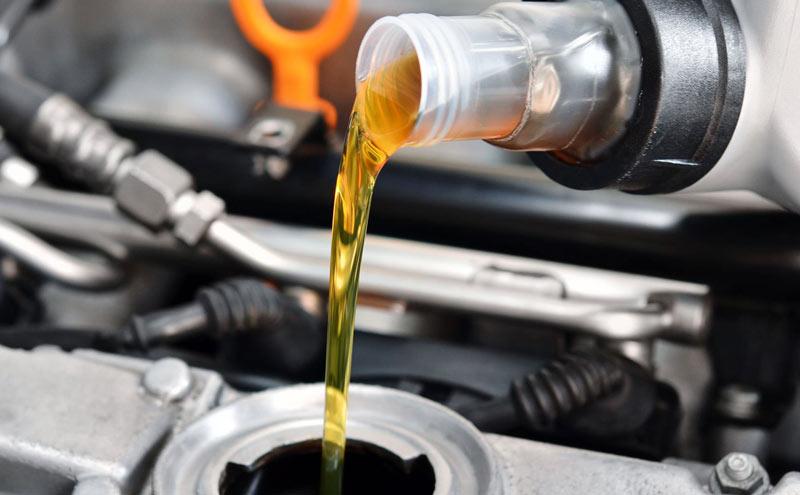
Oils for various engines
 Engine oil is selected by the vehicle manufacturer with an indication of the viscosity range and oil quality class. These are the basic guidelines that apply to the user.
Engine oil is selected by the vehicle manufacturer with an indication of the viscosity range and oil quality class. These are the basic guidelines that apply to the user.
Currently, motor oils of all major manufacturers are on sale. Car owners have plenty to choose from, and ongoing advertising campaigns are very revealing.
It should be emphasized that the choice of engine oil is made by the car manufacturer, indicating the viscosity range and oil quality class. These are the basic guidelines that apply to the user.
The technology for the production of modern motor oils consists in the introduction of enriching additives with various functions into base oils. The base component of motor oil can be obtained by refining crude oil - then the oil is called mineral oil, or it can be obtained as a product of chemical synthesis - then the oil is called  "synthetics".
"synthetics".
Motor oils, although they lubricate the engine, have different compositions and parameters, and classifications have been developed to compare them. The SAE viscosity classification is well known, distinguishing between 6 grades of summer oils (marked 20, 30, 40, 50-60) and winter oils (marked 0W, 5W, 10W, 15W, 20W, 25W). However, no less important are the quality classifications - the European ACEA and the American API. The latter in the group of engines with spark ignition (gasoline) distinguish classes, denoted by letters of the alphabet - from SA to SJ. For compression ignition (diesel) engines, classes CA to CF are used. In addition to these, there are requirements developed by engine manufacturers such as Mercedes-Benz, Volkswagen, MAN.
Oils perform a number of tasks in internal combustion engines. Viscosity is responsible for lubricating the drive unit, sealing and damping vibrations, for maintaining cleanliness - detergent and dispersant properties, for anti-corrosion protection - acid-base number, and for engine cooling - thermal properties. During the operation of the oil, its parameters change. The content of water and impurities increases, the alkaline number, lubricating and washing properties decrease, while a very important parameter, viscosity, may increase or decrease.
Engine oil can be selected relatively easily if the following considerations are taken into account. Always follow the instructions in your vehicle owner's manual or service recommendations. You should not change the oil, arbitrarily violating all the conventions of viscosity and quality classes, taking into account only the price. Never replace mineral oil with semi-synthetic or synthetic oil. In addition to the higher price, synthetic-based oils contain many more additives, including detergents. With a high degree of probability, it can be assumed that deposits accumulated in the engine will be washed out, and the owner will face expensive repairs. The second argument in favor of using "old" oil is that mineral oils form a thicker oil film on the rubbing parts that seal the engine, which leads to less oil fumes and noise reduction from large gaps. A thinner oil film contributes to the deepening of the already large gaps caused by high mileage.
Mineral oils are sufficient for older two-valve engines with relatively high mileage.
Combustion engines of modern vehicles achieve very high power densities, which are accompanied by high thermal loads and high rotational speeds. Currently, engines equipped with modern gas distribution systems are built as multi-valve, equipped with systems for adjusting the valve timing and boost. They require oils that perfectly meet technical requirements. The oil film that spreads between the rubbing parts should be thick enough to prevent metal-on-metal rubbing, but not too thick so as not to create excessive resistance. Because oil affects not only durability, but also engine noise and fuel consumption. For these power units, it can be recommended to maintain the grade and quality of oil recommended by the manufacturer. These are, as a rule, high-quality synthetic oils with groups of special additives. The changes may have unexpected operational implications, in particular as drain intervals have been extended to 30 kilometers.
Every engine consumes oil during operation. In modern units, the consumption is from 0,05 to 0,3 liters per 1000 km. In high mileage engines, wear increases as piston rings wear and more oil passes through. In winter, when driving short distances, oil consumption is lower than in summer, when the engine is still hot.